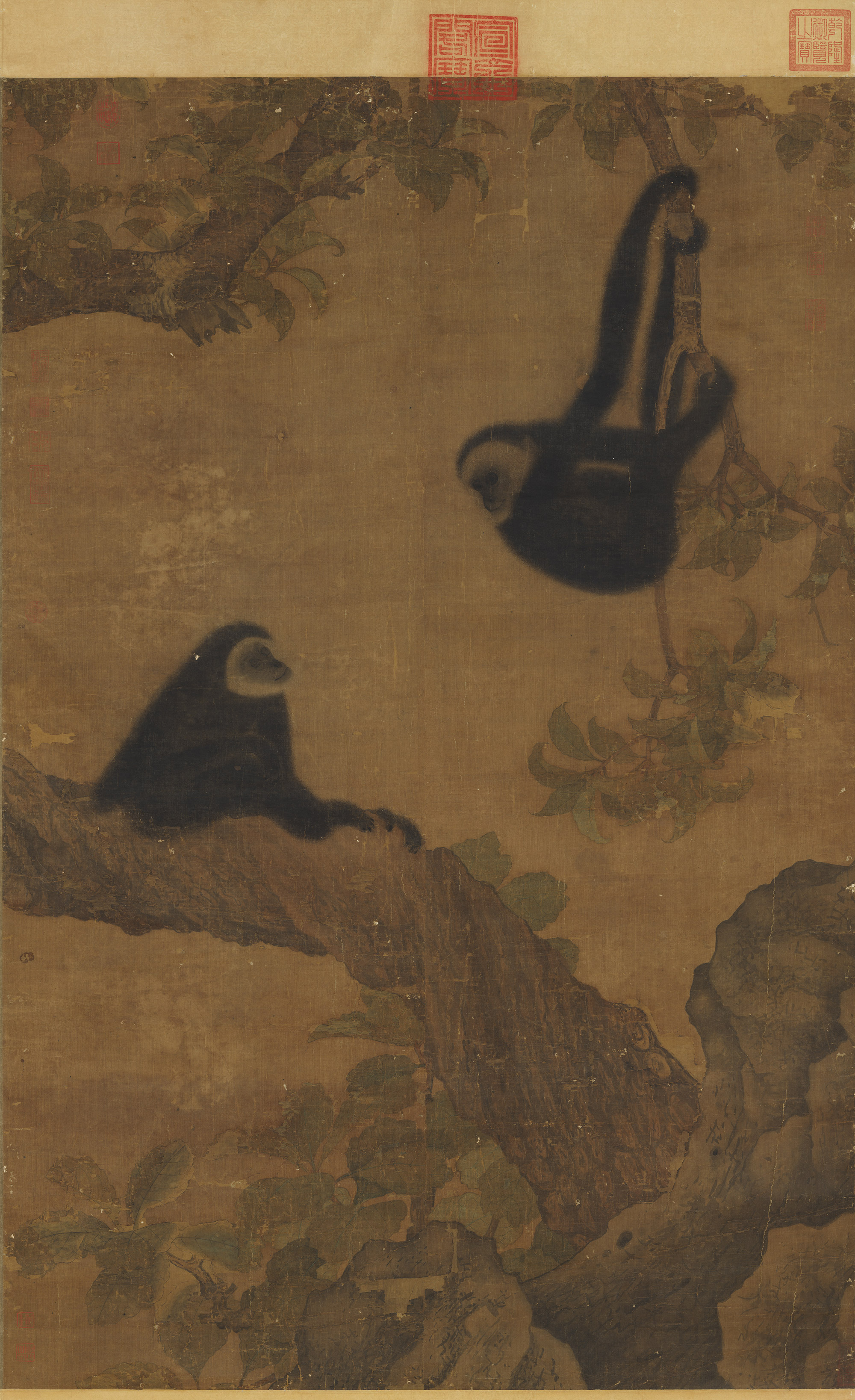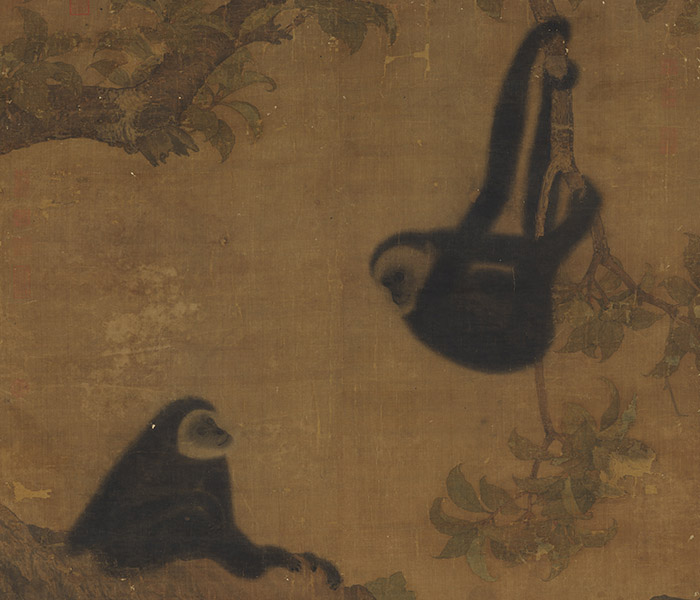The harmony and disharmonies of animal and nature
Artists are adept at observing nature and searching for inspiration from it. Art not only reproduces form and appearance, but also seeks to grasp the essence that evokes the atmosphere of the landscape, its flora and fauna. Every iconographic element therefore reflects nature’s underlying coherence, as revealed by the artist, and expresses the concept of “learning from nature”. Western art has also often celebrated holistic visions of humans and nature in harmonious relation; yet today the global crises brought about by climate change, pollution, population growth, etc, force one to confront new and terrible disturbances undermining this precious and essential equilibrium. Given these challenges that threaten the environment and the future of all living species, the study of animals and of “One Health”, which is a holistic medical concept that links the health of humans together with the health of animals especially with respect to disease control, has become an essential scientific and conceptual tool to help resolve these crises through new understandings of nature and the animal domain.
-
Gibbons Playing in a Loquat Tree
- Anonymous, Song dynasty (960-1279)
- Hanging scroll, ink and colors on silk
- 166cm (H) x 107.9cm (W)
An old loquat tree extends behind a rock and diagonally through this work as branches come back into the picture frame at the top, which demonstrates the artist's skill at compositional arrangement. The seated gibbon holds onto the trunk of the tree and watches another gibbon who hangs playfully from a branch above and looks down. The artist not only successfully captures the furry texture of the gibbons, but also their movements and behavior. This attention to detail as well as to rendering their spirit is a hallmark of naturalism in Sung dynasty painting. In fact, the representation of the fur is so realistic that it looks as if it could be touched. This reveals the superb use of brush and ink on the part of the artist. Besides the convincing texture of the tree and rocks, the coloring is naturalistic and elegant, and the leaves also twist naturally in space. All these contribute to the mastery of this Sung dynasty painting.
-
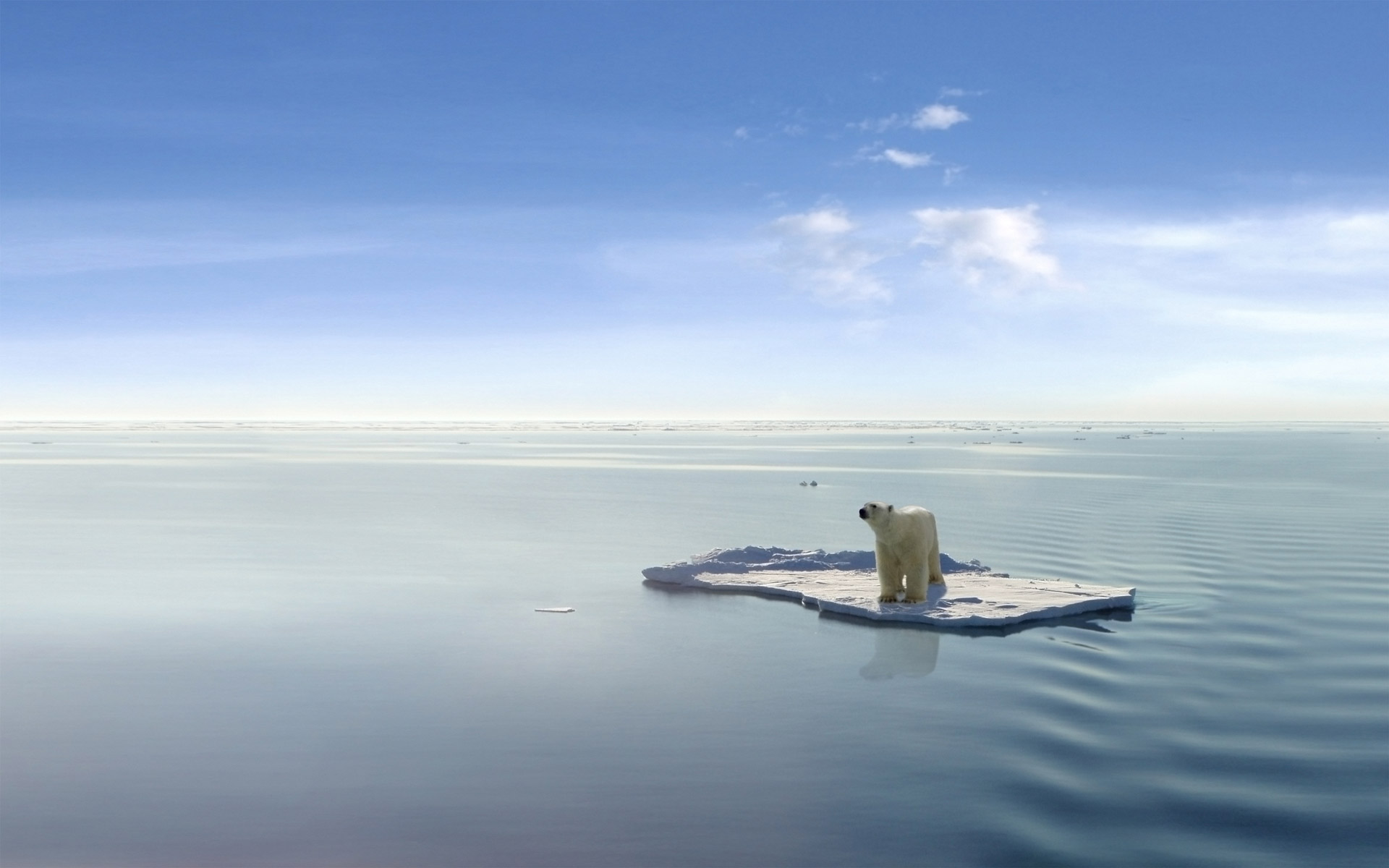
Polar Bear on Ice Floe
- Jan Martin Will (Shutterstock)
- 2011
- Photographic print
This iconic photograph of a lone polar bear on a shrinking ice floe is often cited as a wake-up call concerning the threat of global warming to this species and to the planet. Polar bears rely heavily on the sea ice environment for travelling, hunting, mating, resting, and in some areas, maternal dens, but the thickness of Arctic Ocean sea ice has declined by more than 65 percent over the past 30 years, and by mid-century the Arctic could be completely ice free in the summer.
-
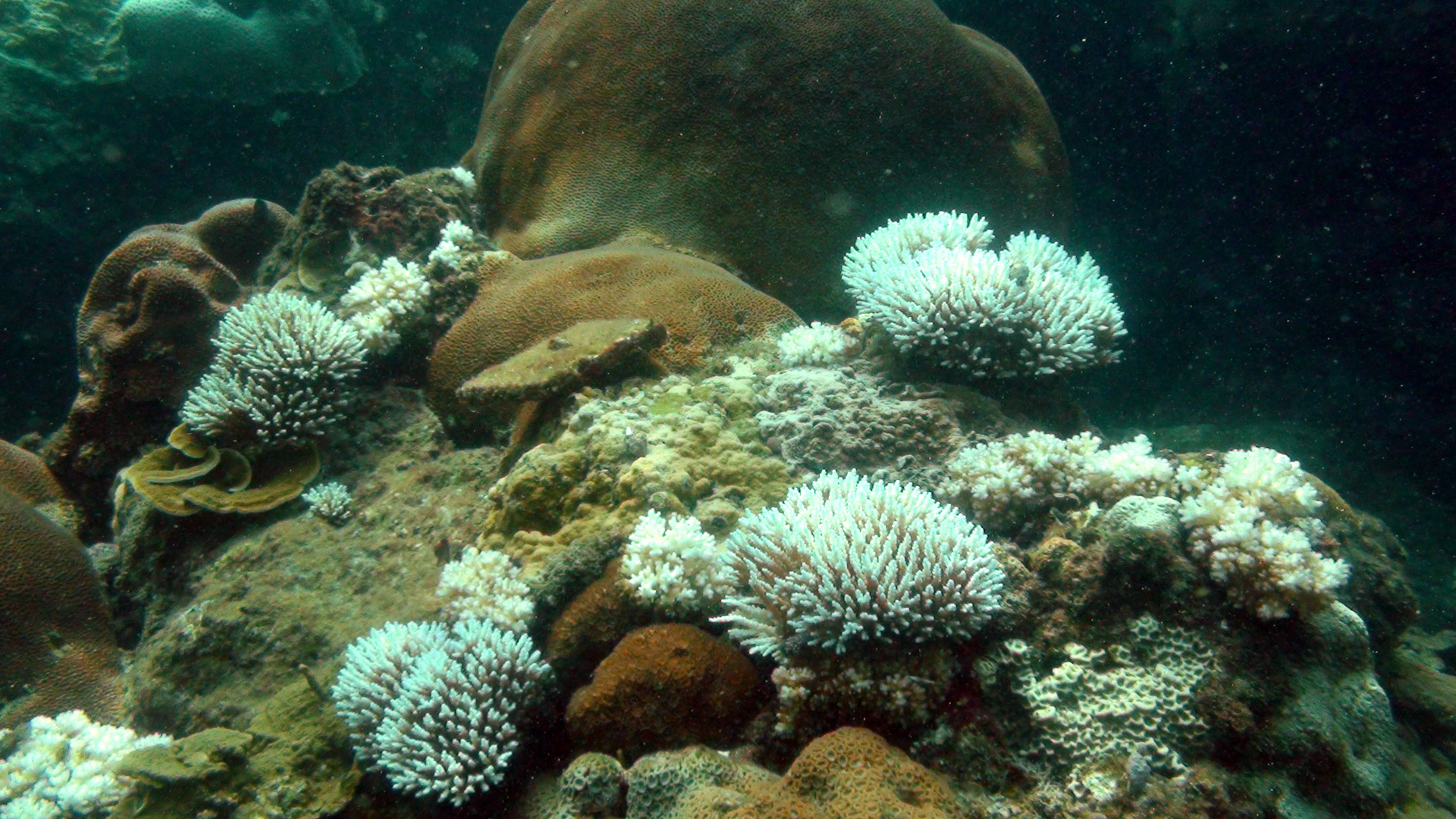
Coral Reef Bleaching
- Kenting National Park Headquarters
- Video, 3mins
In recent years, rising ocean temperatures in the seas bordering the South of Taiwan have brought about significant ecological changes, affecting all reef-dwelling marine life in the vicinity. Corals build themselves homes of limestone in the warm, clear, shallow seas of the tropics. Their reefs occupy less than one tenth of one per cent of the ocean floor, yet they are home to a quarter of all known marine species. Each coral is made up of hundreds to thousands of tiny, living coral creatures. When corals are stressed due to increasing ocean temperatures, they expel the symbiotic algae living in their tissues, causing them to turn completely white and eventually die.
-
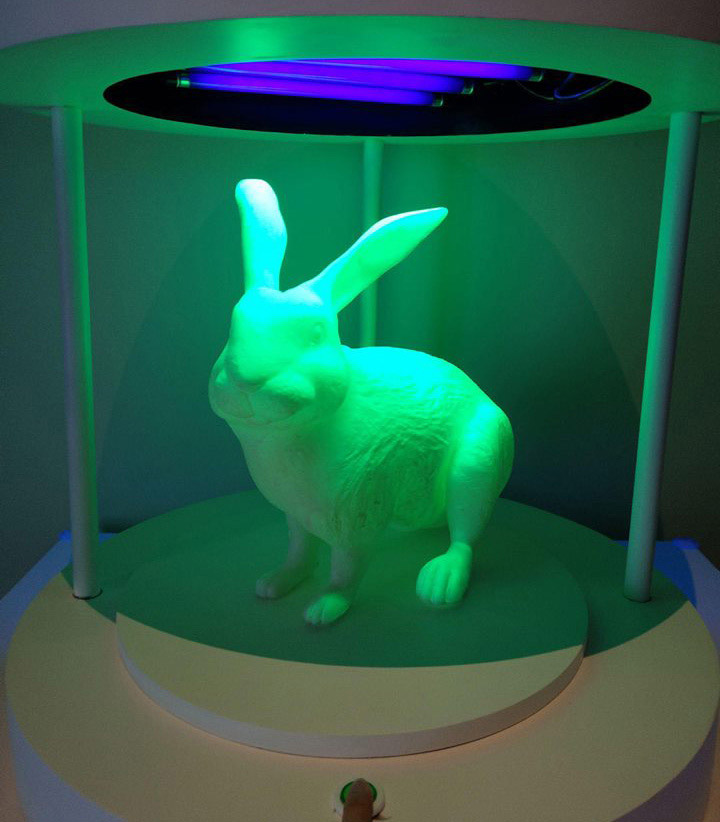
GFP Bunny
- Eduardo Kac
- 2018
- Model and photographs
GFP Bunny originally consisted of a green fluorescent rabbit genetically modified with the introduction of green fluorescent protein to create a unique living animal. Jeffrey Shaw's 2018 remix of this seminal work presents a 1:1 scale plastic model of that rabbit, which glows green under a UV light.
GFP Bunny project was a complex social event that started with the creation of an animal that does not exist in nature. It encompassed 1) a dialogue between professionals of several disciplines and the public on cultural and ethical implications of genetic engineering; 2) contestation of the alleged supremacy of DNA in life creation in favor of a more complex understanding of the intertwined relationship between genetics, organism, and environment; 3) extension of the concepts of biodiversity and evolution to incorporate precise work at the genomic level; 4) interspecies communication between humans and a transgenic mammal; 5) integration and presentation of GFP Bunny in a social and interactive context; 6) examination of the notions of normalcy, heterogeneity, purity, hybridity, and otherness; 7) consideration of a non-semiotic notion of communication as the sharing of genetic material across traditional species barriers; 8) public respect and appreciation for the emotional and cognitive life of transgenic animals; 9) expansion of the present practical and conceptual boundaries of artmaking to incorporate life invention.
